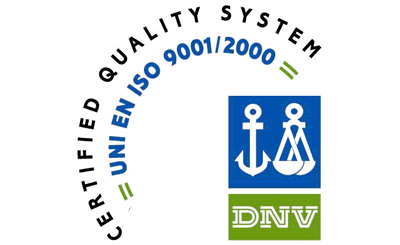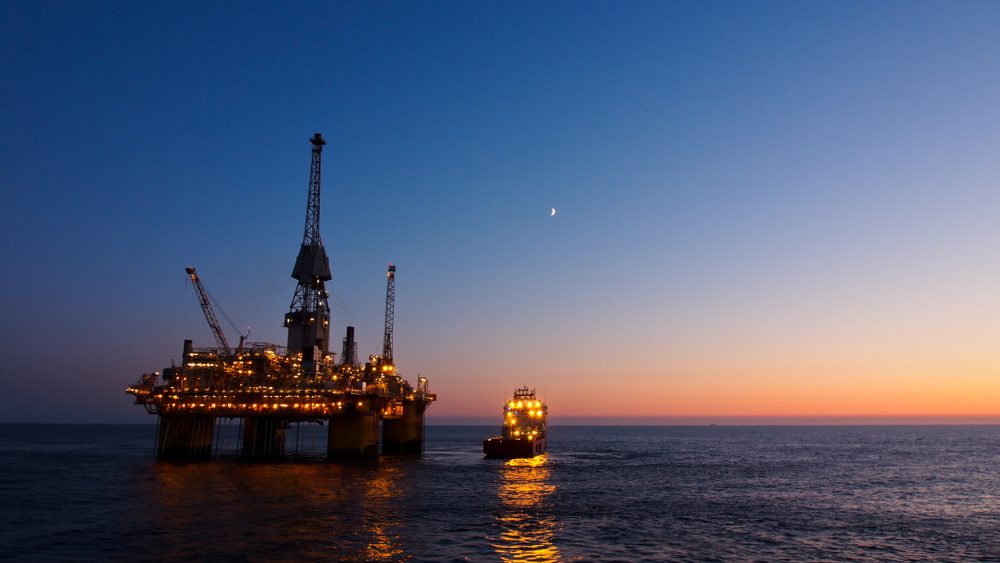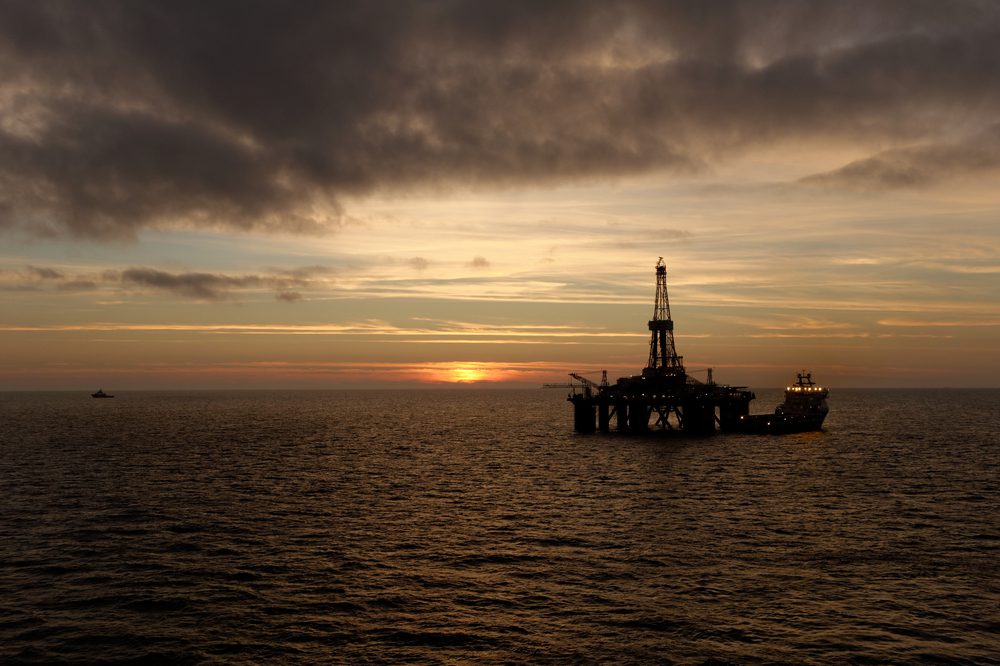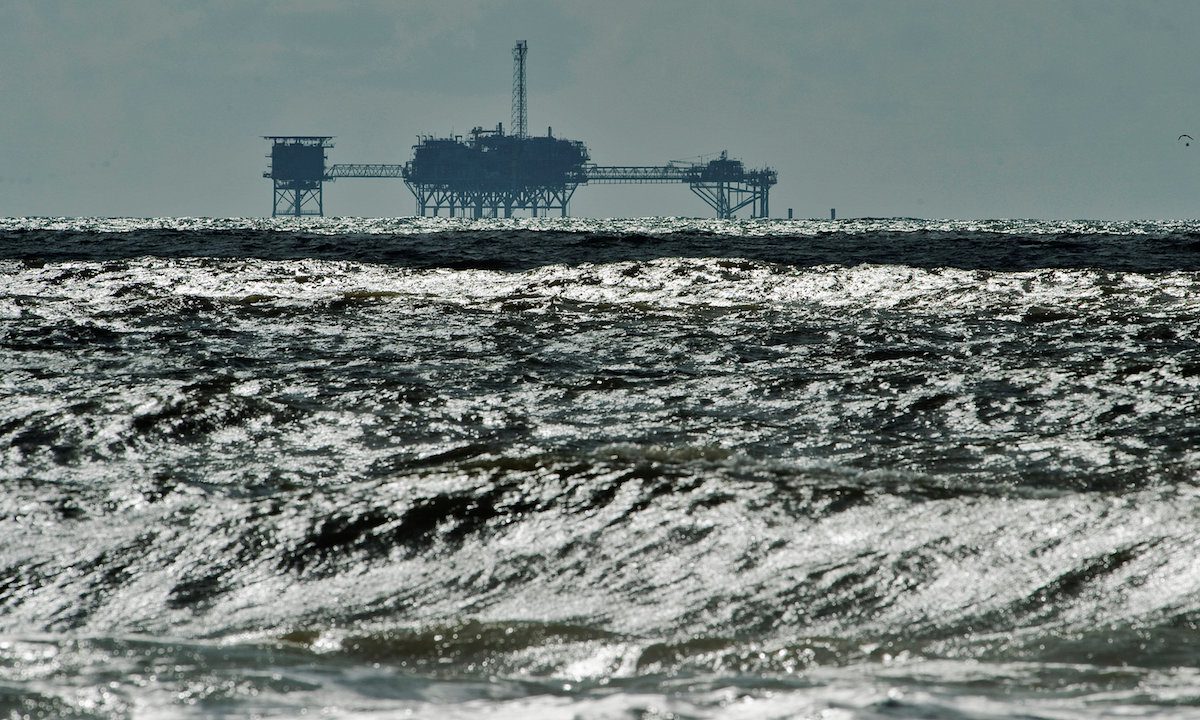 Oslo: DNV has developed the world’s first class rules for wind farm service vessels in order to improve safety and promote uniform standards.
Oslo: DNV has developed the world’s first class rules for wind farm service vessels in order to improve safety and promote uniform standards.
The rules will be published on 1 January 2011 but can be used as of today, and DNV has already secured a contract for the first two vessels. The very first vessel built to the new class rules is expected to sail away from South Boats Medina Shipyard on the UK’s Isle of Wight in March next year.
Offshore wind turbines arranged in big wind farms are becoming increasingly common worldwide as governments seek to meet their obligation to provide more renewable energy. The construction and maintenance of these wind turbines will require frequent visits by specialist technicians, and high speed light craft have shown to be effective in transporting personnel.
These vessels, typically less than 24 metres in length and capable of carrying up to 12 technicians, have traditionally been constructed to domestic standards which vary from country to country. This has created difficulties for operators seeking to employ their vessels in different jurisdictions across Europe.
Stakeholders within the offshore wind industry, including the flag states, have thus asked for more transparent and uniform regulation of this segment. Some flag states have also indicated that class will become a mandatory requirement for wind farm service vessels in the near future.
“There has been strong demand for such class notations in the market,” explains Tor Svensen, the president of DNV. “Representatives of the following flag states – the Netherlands, Denmark, Norway, Germany and the UK – have been consulted to ensure safe, uniform and useful notations, and we have managed to meet this demand within a restricted time.”
[Source: DNV]

 Join The Club
Join The Club












